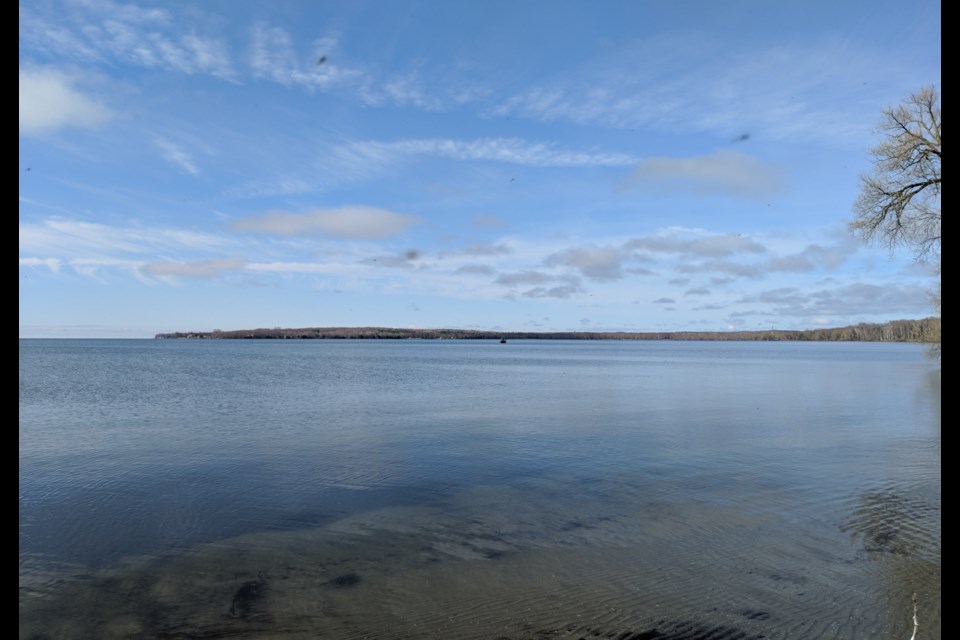Lake Simcoe could become toxic in less than 60 years if nothing is done to combat the salt problem, according to Mike Walters, CAO of the Lake Simcoe Region Conservation Authority.
“Salt contamination in Lake Simcoe is … proceeding at an alarming rate. In another 56 years we will reach toxic levels in the lake if nothing is done,” Walters said this week.
“The biggest source (for salt contamination) is big-box stores. They have to put on so much salt because they’re worried about being sued.”
Walters said the conservation authority has been working with several groups, including the provincial and federal governments and the U.S. consulate on a Freshwater Roundtable to create a White Paper for Ontario on best management practices for salt use.
The paper, which Walters said could be approved by the end of this year, could propose making sure businesses cannot be sued if someone slips and falls on their property.
“If you take that threat away, they can put on the required amount (of salt),” Walters said, noting there are currently no rules against overuse of salt.
Private-sector property owners are the ones mostly at fault for salt overuse, rather than municipalities, he added.
100-year storms now come every decade
Climate change is also a growing concern in Simcoe County, Walters said.
“We’re seeing more and more extreme events across the watershed. The one in 100-year storm — that is a storm that is only supposed to occur every 100 years — now occurs with a frequency of 10 ½ years,” he said.
“They’re not causing a lot of ... flooding because the floodplains are so large, but they are causing problems with local infrastructure.”
Walters pointed to the Town of Newmarket as an example.
“It seemed every Tuesday last year they would have one of these events. We called them Torrential Tuesdays. They’re looking forward to seeing some drier weather this year,” he said.
The conservation authority plans to have strategies to mitigate and adapt to climate change completed by early next year, he said.
“One of the (other) problems we’re seeing is because frequent changes in storm events being much larger and climate change, sediment and erosion control measures we’re putting in place are not holding,” Walters said, adding the conservation authority is working on education and inspection programs to help with this.
